Fossilised skulls from Morocco have pointed to modern humans being around a lot longer than first thought.
In fact the analysis of the five ancient skulls discovered in the north African nation point to modern humans actually existing 100 thousand years earlier.
That means our current species had already evolved 300 thousand years ago the African continent.
Among the researchers who helped to determine the age of the fossils is Rainer Grun, director of the Australian Research Centre of Human Evolution at Griffith University
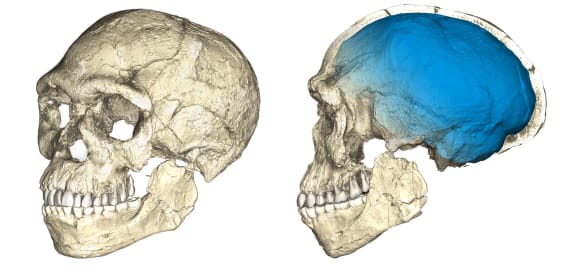

Two views of a composite reconstruction of the earliest known Homo sapiens fossils from Jebel Irhoud (Morocco) based on micro computed tomographic scans of multiple original fossils (image Philipp Gunz, MPI EVA Leipzig)
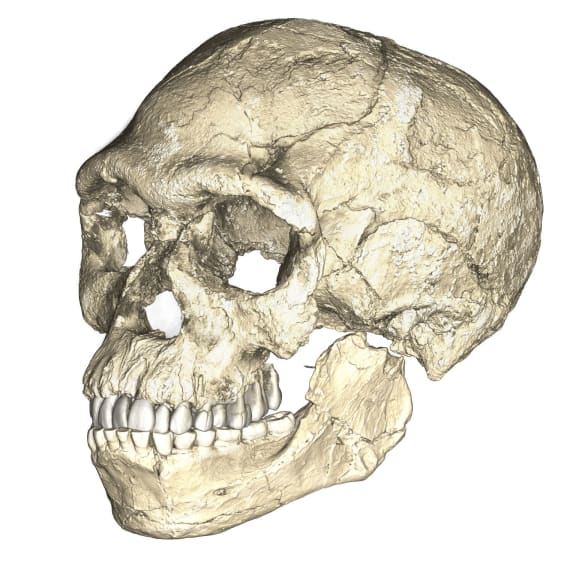

A composite reconstruction of the earliest known Homo sapiens fossils (image Philipp Gunz, MPI EVA Leipzig)
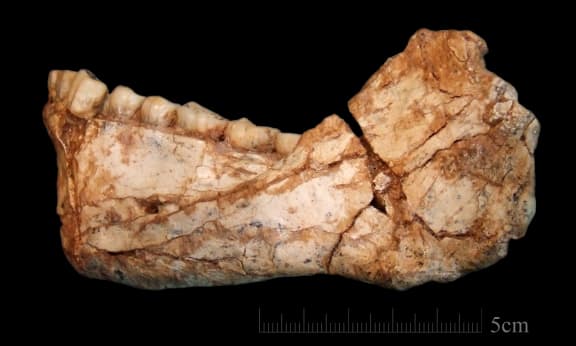

The mandible Irhoud 11 is the first, almost complete adult mandible discovered at the site of Jebel Irhoud. (image: Jean-Jacques Hublin, MPI-EVA, Leipzig)
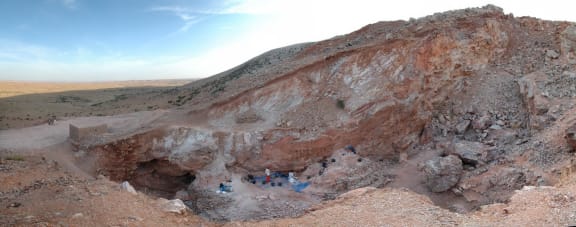

The excavation area is visible as a dark notch a little more than half way down the the ridge line sloping to the left. (Shannon McPherron, MPI EVA Leipzig)
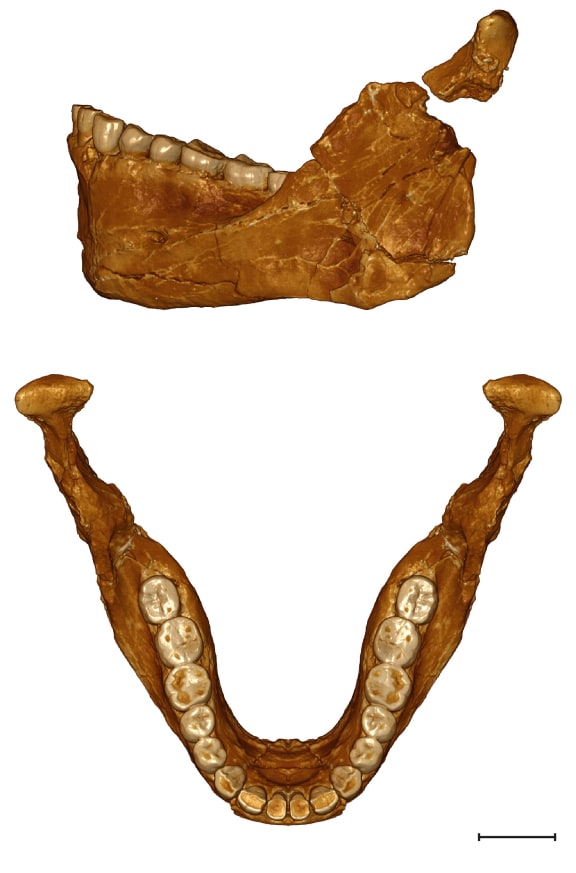

Virtual palaeoanthropology is able to correct distortions and fragmentations of fossil specimens. This reconstruction of the Irhoud 11 mandible allows its comparison with archaic hominins, such as Neandertals, as well as with early forms of anatomically modern Humans. (Image: Jean-Jacques Hublin, Leipzig)
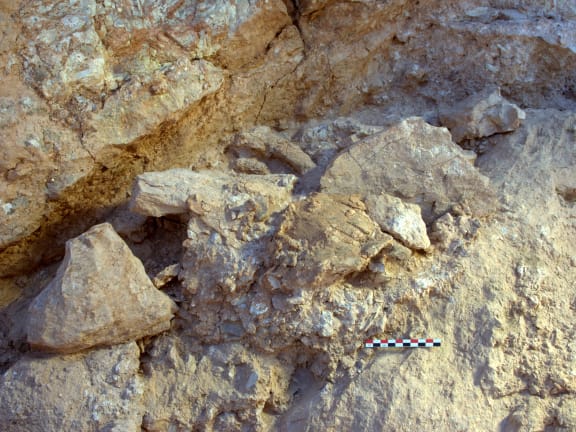

Two of the new Jebel Irhoud (Morocco) fossils in situ as they were discovered during excavation. (image: Attribution: Steffen Schatz, MPI EVA Leipzig)
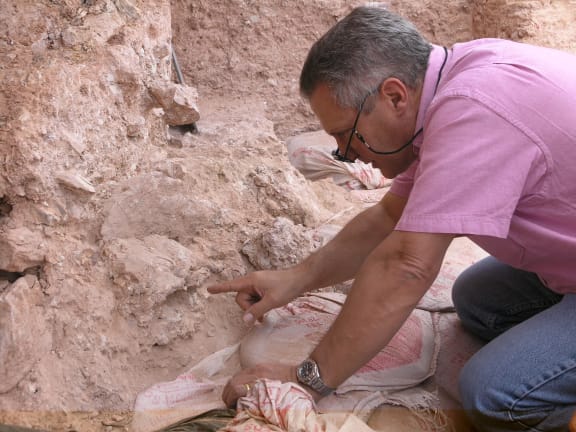

Dr. Jean-Jacques Hublin on first seeing the new finds at Jebel Irhoud (Morocco). He is pointing to the crushed human skull (Irhoud 10) whose orbits are visible just beyond his finger tip. (Image: Shannon McPherron, MPI EVA Leipzig)
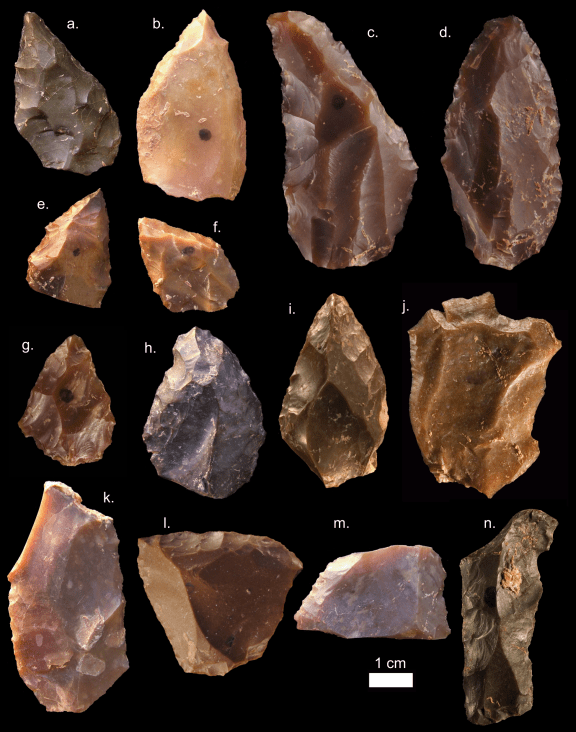

Some of the Middle Stone Age stone tools from Jebel Irhoud.
(image: Mohammed Kamal, MPI EVA Leipzig)

















